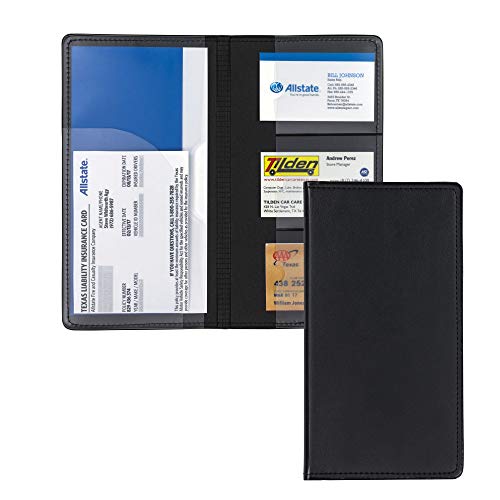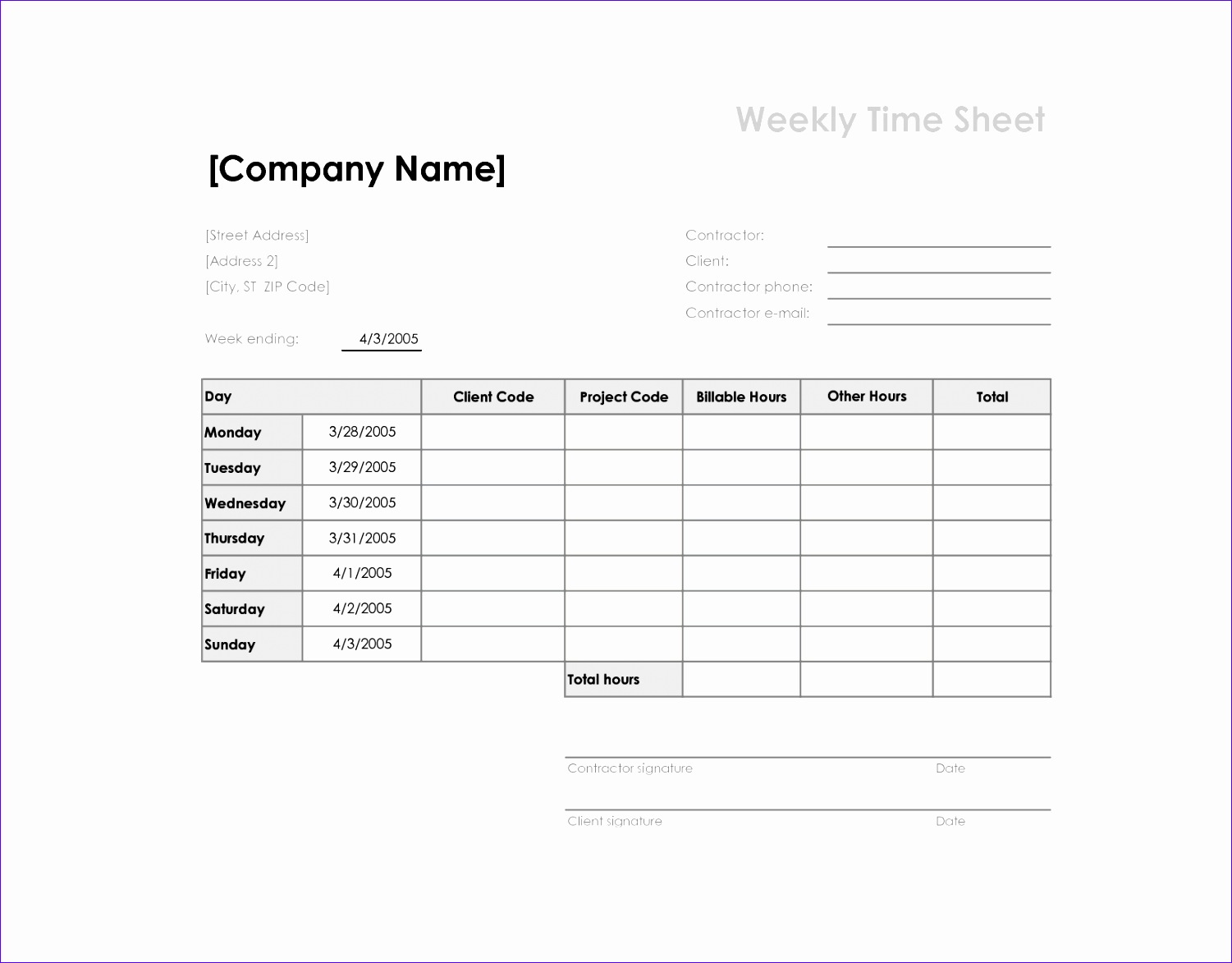5 Essential Documents for Your Driving Test

Passing your driving test is a rite of passage for many, marking the beginning of newfound independence and the start of many adventures on the road. Before you can reach this exhilarating moment, there are several essential documents you need to have in order to be eligible to sit for the test. Ensuring you have all the required paperwork ready is as crucial as knowing how to parallel park or perform a three-point turn. Here’s a detailed guide to help you prepare.
1. Learner’s Permit

First and foremost, the foundation of your driving journey begins with obtaining a learner’s permit. This permit allows you to practice driving under the supervision of a licensed adult.
- Age Requirement: You must meet the minimum age requirement, which varies by jurisdiction but is typically between 15 to 18 years old.
- Written Test: You will need to pass a written test that covers traffic laws, road signs, and basic driving knowledge.
- Vision Test: Your vision must meet the state or country’s standards. Some might require a medical eye examination.
- Fees: Be prepared to pay a fee for both the permit application and the issuance of the permit.
How to Apply

To apply, visit your local Department of Motor Vehicles (DMV) or its equivalent:
- Complete an application form.
- Pass the written and vision tests.
- Submit any required documents, such as birth certificate or passport.
- Pay the application fee.
- Upon passing, you’ll receive your learner’s permit which typically is valid for up to one year.
📢 Note: Always carry your learner’s permit when driving. Practice safe driving habits and adhere to the limitations of the permit, such as only driving with a licensed adult in the car.
2. Proof of Identity and Residency

To prevent identity fraud and ensure you are eligible to drive within your jurisdiction, you’ll need to provide proof of identity and residency. Here’s what you might need:
- Proof of Identity: A passport, birth certificate, or national ID card.
- Proof of Residency: Utility bills, lease agreements, or bank statements with your name and address.
Having these documents ready when you apply for your learner’s permit or go for your driving test can streamline the process.
3. Insurance Verification

Before you can drive legally, you need to ensure you have insurance coverage:
- Minimum Insurance: Most jurisdictions require a minimum level of auto insurance for every driver.
- Insurance Verification: You might need to show proof of insurance at the test site.
Make sure your insurance policy is active and includes:
| Type of Coverage | Description |
|---|---|
| Liability | Coverage for damage you might cause to others. |
| Personal Injury Protection (PIP) | Covers medical expenses for you and passengers. |
| Uninsured/Underinsured Motorist | Protects you if you are involved in an accident with an uninsured driver. |

4. Vehicle Registration

The car you plan to use for your driving test must be properly registered and meet all the legal requirements:
- Valid Registration: The car’s registration must be current and display the registration stickers or tag.
- Emissions and Safety Tests: Some areas require periodic emissions testing and safety inspections. Ensure your vehicle passes these if applicable.
- Insurance: This ties back to insurance verification, ensuring the vehicle itself has active insurance.
5. Road Test Scheduling Form/Confirmation

To actually sit for your driving test, you need:
- Appointment Confirmation: A scheduling form or email confirmation proving you have an appointment.
- Fee Payment: Some places require payment of a fee prior to or on the day of the test.
This form or confirmation is your ticket to getting behind the wheel and showing off your driving skills.
Summing Up

Putting together all these documents is not just about ticking off a checklist; it’s about preparing yourself for responsible driving. Ensuring you have your learner’s permit, proof of identity and residency, insurance verification, vehicle registration, and the road test appointment confirmation is the foundation upon which you’ll build your driving career. These documents serve as legal validations of your readiness to drive safely and responsibly. So, while the focus during your driving test is on your ability to maneuver a vehicle, remember that the paperwork plays an equally important role in your journey to becoming a licensed driver.
What if my learner’s permit expires before I take the driving test?

+
If your learner’s permit expires, you’ll need to reapply for a new one, which might involve retaking the written test and paying another fee. Make sure to schedule your driving test well before your permit’s expiration date.
Can I take the driving test with any vehicle?

+
Not necessarily. The vehicle must be legally registered, meet safety standards, and have a valid insurance policy. Additionally, some jurisdictions might have specific requirements for the car’s make, model, or transmission type.
What happens if I fail to provide the necessary documents?

+
Without the required documents, you won’t be allowed to take the driving test. You might need to reschedule, incurring possible fees, and ensure you have all the documents next time.



